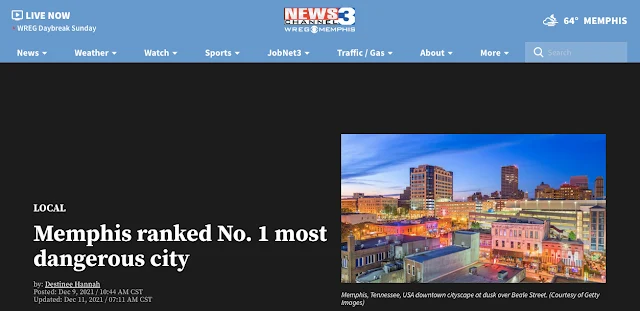This story is outrageous.
The bastards.
You are already completely out of luck if you received a jab more than one year ago and haven't filed a claim for an injury.
Some excerpts, but make sure to read the whole thing.
Reuters (June 16, 2022):
Part of the Health Resources and Services Administration, the CICP was designed to be “the payer of last resort” for people who suffered injuries from treatments or “countermeasures” related to “a declared pandemic, epidemic or security threat” like Ebola or anthrax. Payouts are limited to unreimbursed medical expenses and up to $50,000 a year in lost wages, with no provisions for pain and suffering or legal fees. A death benefit of $370,376 is also available.
The CICP is the only option under current law for people seeking damages for COVID-19 vaccine-related injuries.
Per a declaration under the Public Readiness and Emergency Preparedness Act, the federal government indemnified the vaccine makers, which are not party to CICP proceedings. A Pfizer spokesman declined comment. Media representatives from Moderna and Johnson & Johnson did not respond to requests for comment.
Until March 2020, the CICP attracted little attention, deciding fewer than 500 cases in its entire history. It’s now drowning in a 16-fold spike in claims, with more than 5,400 COVID-19 vaccine injury cases pending. Another 2,990 allege injuries or death from other COVID-19 countermeasures, such as being placed on a ventilator. ... At the current rate of adjudication – 18 cases a month, by my calculation – it will take 38 years to get through the backlog. That’s not much help for claimants who are unable to work or pay rent right now. ...
Without exception, the CICP requires claims to be filed within one year of vaccination.





































